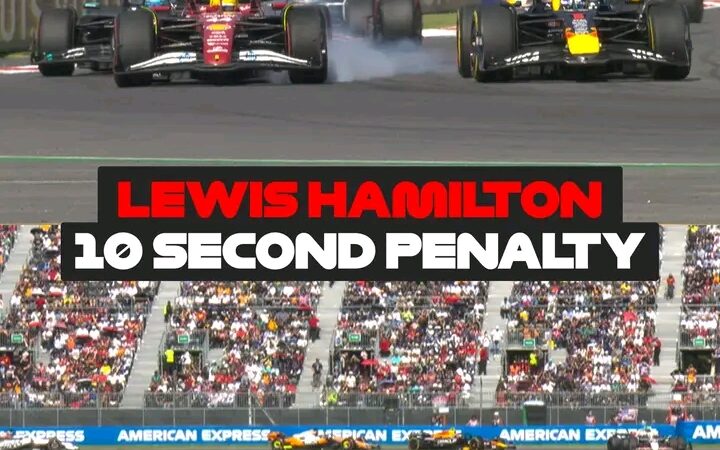Max Homa Smashes Longest Official PGA Tour Drive Ever

Homa’s chances of winning The Sentry in Hawaii appear to be over, but his hitting in Game 7 shows no signs of improvement.
Max Homa may not win any awards at The Sentry, but it will still be a tournament to remember even after his incredible success.
Homa’s tee shot on the 525-yard par-4 7th hole at Kapalua Resort’s Plantation Course was 477 yards in the third round held in Hawaii last Saturday. It is the longest drive on tour in the ShotLink era (since 2003) and the longest drive on the PGA Tour since 2002, when Tiger Woods hit 498 yards on the 18th hole at Kapalua in the third round.
This round marked the 15th longest drive of the season on this hole, but both were later removed from the official record. As a result, Homa surpassed Davis Love III’s 476 yards this week to become the longest official drive in PGA Tour history.
Homa’s drive helped her birdie her third round en route to a 5-under 68 that left her tied for 17th at -15 after shots of 67 and 69 in previous rounds. His carries are notable as he averaged 305 yards in the 2022-23 season, good for 62nd in the league. That is 21 yards behind Rory McIlroy’s best average of 326 yards.
But Homa, who won his first DP World Tour title in South Africa in November, certainly made the most of the conditions in Maui. Saturday’s windy seventh was a downhill right. The 400-foot Plantation Course has a history of hosting big cars and is slated to host most of the PGA Tour’s 400-yard courses in 2022/2023.
However, news of Homa’s attack could reignite the debate about how far the ball travels in professional golf. Last month, the R&A and USGA confirmed that golf ball compliance testing conditions will change, meaning that not all golf balls distributed from January 2028 will comply with the regulations.
For years, the game’s governing bodies have expressed a desire to make the ball roll back in an effort to minimize the impact of long shots on the long-term stability of golf. Early in the game, the golf course took longer. This means more water, more resources, more equipment, more staff and more maintenance costs.
Another aspect of the testing changes was to ensure that the golf course was not originally designed and exceeded the current professional driver testing game plan. The high costs associated with moving bunkers or redesigning greens also influenced the decision.





